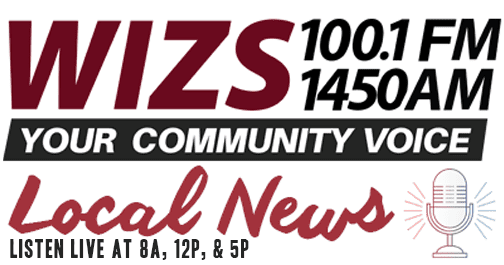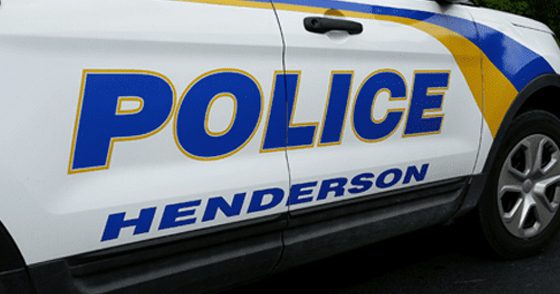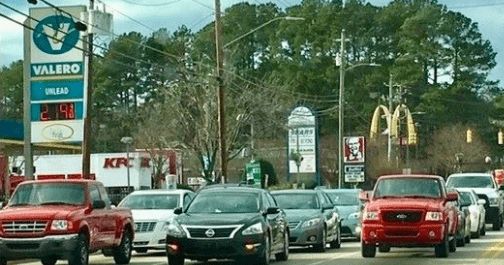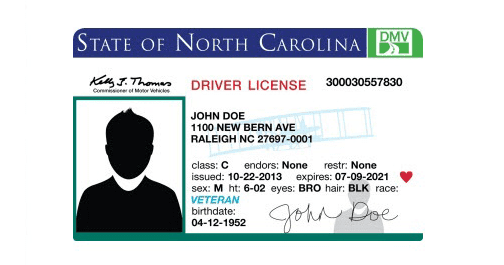Henderson Mayor pro tem Garry Daeke reflected on the City Council’s annual planning retreat, which took place Monday. Six of the eight council members were in attendance, as well as Mayor Melissa Elliott and city staff.
Daeke was a guest on Tuesday’s TownTalk, and praised Elliott for the comfortable atmosphere of the retreat.
“She had this set up in a way that was focused, but casual,” Daeke said. “The conversations were really good,” he said, and the less formal atmosphere was conducive to sharing of ideas and listening to others’ observations.
It gave new City Council members Geraldine Champion, Sam Seifert, Tami Walker and Michael Venable a chance to take a deeper look at issues and challenges the city faces away from formal meetings held in Council chambers.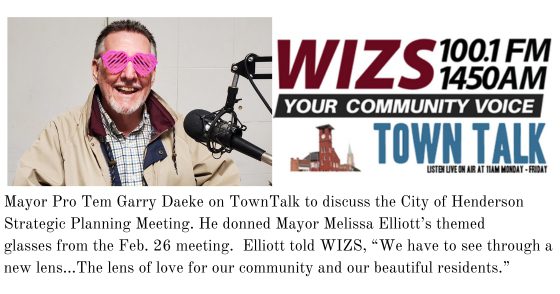
Perennial issues include housing, water, recruiting and retaining employees and the city’s overall appearance and perception, to name a few.
Connected to all those issues is the critical component of money – revenue, salaries for firefighters and police officers, and how to pay for projects that will enhance the city.
“We need some revenue to get some things done,” Daeke said. “If we get additional revenue, it will be well spent.”
Money could be used for redevelopment within the city, he said. Creating more housing in existing neighborhoods gets more properties back on the tax rolls, adding “value to the city and to the quality of life,” he said.
New development is certainly afoot, too, and Daeke said the new Dabney Village near Lowe’s Home Improvement on Dabney Road is waiting on a transportation impact study before it breaks ground.
Once DOT comes back with projections about how the development will impact the 158/Dabney Drive intersection, things can get moving.
“They’re ready to go,” Daeke said of the developers, “which is really exciting.”
Promoting and supporting economic development involves many moving parts, and it can get complicated, Daeke said, but he added that the city’s role is providing water and sewer.
The water project expansion is well underway and he predicted its completion by the end of the year, or the beginning of 2025.
That type of infrastructure is a critical piece for prospective businesses and industry who are considering Henderson or areas just outside the city limits where water and sewer lines can be run.
What began years ago as a $25 million expansion has now swelled to $80 or $90 million, thanks to COVID and increased construction costs.
But thanks to help from legislators and others, Daeke said a combination of grants, loans and revenue bonds has propped up the project and the city has what it needs to complete it.
Once complete, the water system will be able to provide 20 million gallons of water a day to consumers.
Another topic the group discussed involved sprucing up the entryways to the city, especially along Andrews Avenue and Dabney Drive near Beckford Drive, where City of Henderson signs are located.
The signs themselves have gotten a new coat of paint, but perhaps a school or civic group could take on the task of landscaping around those signs. Daeke said the group talked about having two or three projects as a start to make those entryways more attractive.
As city leaders plan for more growth – think future S Line rail corridor and the Dabney Drive expansion – it’s important for everyone to figure out ways to face challenges while focusing on the many positive things about Henderson.
Take downtown, for example, Daeke said.
“We’ve got some wonderful buildings down there,” he said. There are steps that city officials can take to improve the general appearance, from replacing some damaged windows to enforcing ordinances and cutting down on code violations.
It’s probably time for another salary study as the city looks to fill vacancies, especially among fire departments and the police department.
The city needs to be competitive with salary packages to attract and retain staff, who are regularly lured away to nearby communities because they pay more.
Daeke said he tries to think between two to five years in the future as he contemplates projects that will be beneficial to the city.
They aren’t issues that can be solved in one budget cycle, but by thinking about them as longer-range goals, the city’s leaders can work to make progress.
CLICK PLAY!


